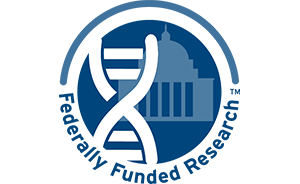Prevention
Quitting smoking, eating a healthy diet, and avoiding excess sun exposure have all been shown to reduce cancer risk. Declining use of tobacco, in particular, is a major factor in the rate of new cancer cases in the United States decreasing by 10 percent since peaking in the early 1990s.
In addition to lifestyle changes, researchers are discovering a growing number of biomedical tools to prevent cancer, including preventive drugs and surgery for women at high risk of breast or ovarian cancer; removal of precancerous polyps for colorectal cancer; and vaccines to prevent the viruses that cause cervical, head and neck, and liver cancers.











